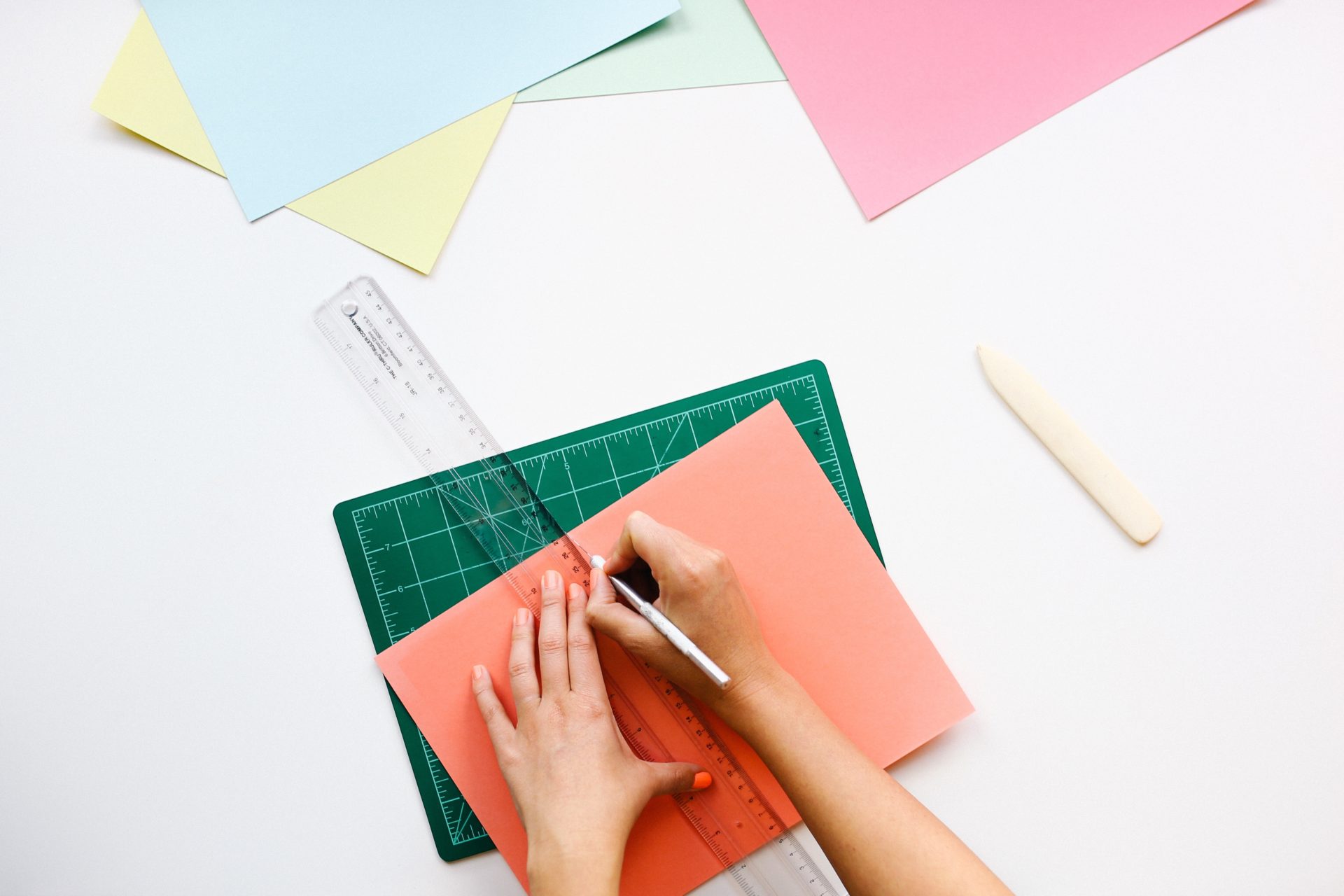Card stock is sturdier and heavier than standard paper. It also tolerates excess liquid and heavy embellishment applications better. Other than the differences between card stock and regular paper, there are significant variations within the card stock field. One aspect that is important to card stock is weight. It is measured and sold by pound weight. Card stock is commonly smooth to the touch, and this is different from cover stock which is coated and textured. So, let’s dive right in! It’s time to figure out how to decipher what card stock is right for your needs.
The following is a list of types of common card stock options to choose from:
- Glossy
- Matte
- Glitter
- Velium
- Iridescent
- Textured
Breakdown of Weight
Based on the look and feel of your project, the weight impacts both plus the durability. The big question you need answered in regards of weight for your card stock is the following: how much use will your project receive? If you know that your project will be used often, it may be a good idea to use a heavier weight.
Here is a list of some popular weights and what they are commonly used for:
65 lb. Cover – Postcards, Posters, Greeting Cards, Tickets, Crafts
80 lb. Cover – Posters, Greeting Cards, Business Cards, Invitations, Folders, Table Tents, Tickets, Crafts
100 lb. Cover – Posters, Greeting Cards, Business Cards, Invitations, Folders, Tickets, Crafts, Flat Cards, Gift Tags
105 lb. Cover – Business Cards, Invitations, Crafts, Gift Tags, Awards, Certificates, Menus, Report Covers
Printing and Finishing Differences In Card Stock
Weight plays a role in the printing and finishing process. If you’re considering printing at home, check with your printer’s manual to see what weight it can actually handle. This goes the same for commercial printers. You need to make sure that the weight you’ve chosen is compatible with the equipment being used for the look that you want. It may be a good idea to explore professional finishing services (i.e. scoring and cutting) in order for your project to not come out damaged, and to truly look and be the way that you desired.
Your options for types of finishing services include the following list:
- Linen: This is a luxurious texture finish, and is popular for weddings, craft materials and menus.
- Gloss: The shine finish that gloss creates for vibrant images, which is perfect for colorful design projects and photography.
- Smooth: Physically this finish is smooth to the fingers. It is the ultimate choice for text-heavy projects and commonly used for printing.
- Metallic: If you want a glamorous look with a pearly sheen, then this finish is for you. This is also a typical choice finish for weddings, crafting, card making, and more.
If you have more questions about card stock options or are looking for professional services, please call us today! We’d love to help any of your card stock needs![/vc_column_text][/vc_column][/vc_row]



